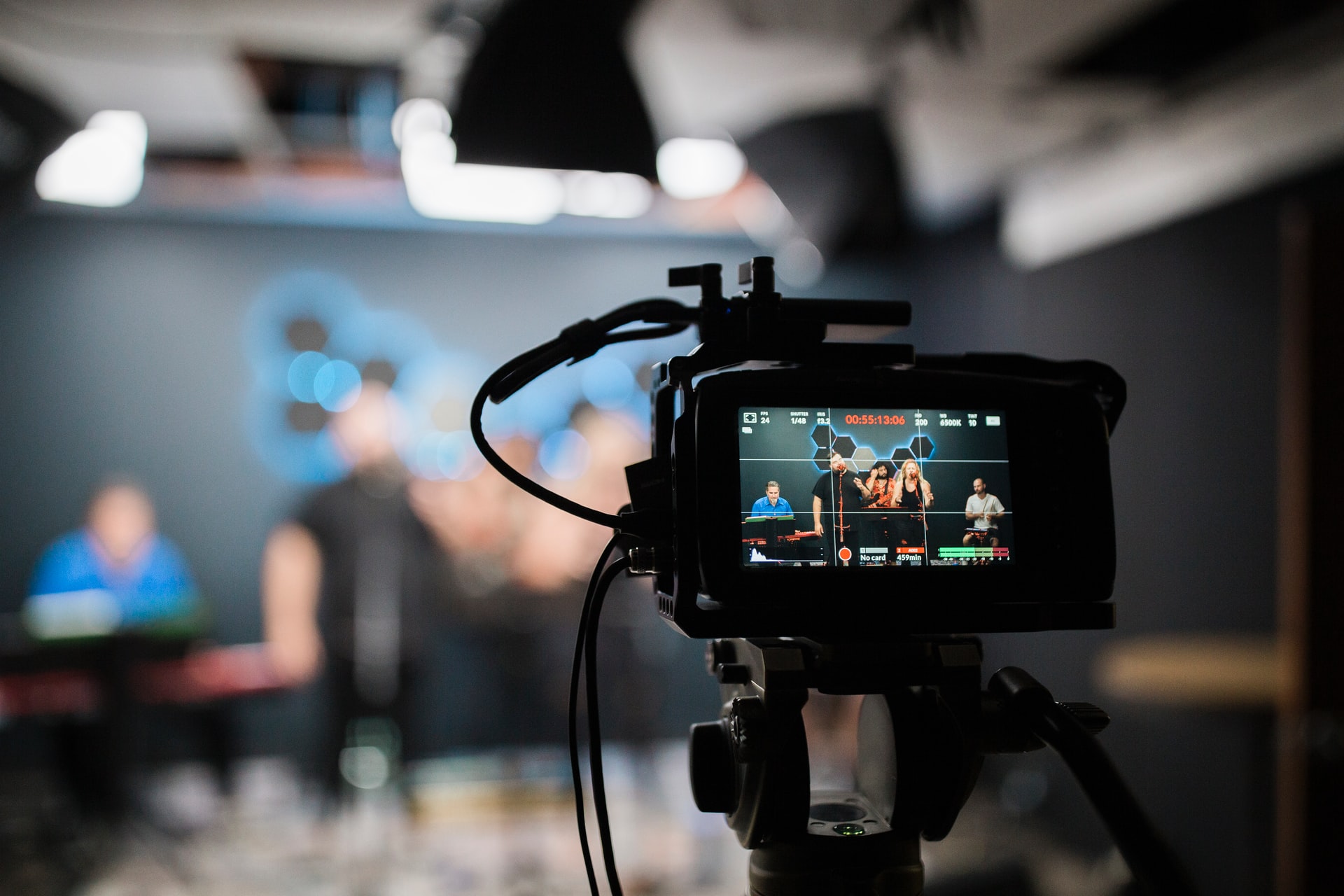According to research from Wyzowl, roughly 86 percent of businesses use video as a marketing tool — a dramatic increase from 2016, when only 61 percent of brands did so. Video marketing has increased significantly over the years, and undoubtedly will continue to do so in 2022, of course.
Simply put, that’s a lot of brands using video.
But just because you’re putting marketing videos out there, doesn’t mean they are delivering the ROI you want. With so much digital noise, it is easy for your own content to get lost in the crowd, particularly if your messaging or video quality isn’t up to snuff.
The good news is that the issues holding back your brand’s video content can be fixed. Addressing some of the most common problems with online video will help you achieve stronger marketing outcomes.
1. It Lacks That Professional ‘Polish’
While you certainly can film video content using nothing more than your phone, that doesn’t automatically make you into a social video expert. A big problem for many brands is that their video content simply lacks that unique, differentiating touch that catches a person’s eye while scrolling through social media.
This goes beyond your lighting and framing. Low-quality audio or an unprofessional font selection can make your video content come across as amateurish at best.
Remember, first impressions go a long way. If your video content looks like a cheap local TV commercial, customers are unlikely to form a favorable opinion of your brand.
This is where tools like Videoleap come in. This video production tool features a wide range of high-end editing features that make it easy to create quality videos for social media. From applying artistic filters and layer transformations to green screen compositing, sound editing, video cropping for different platforms and more, this creative tool is designed to help beginners and pros alike quickly produce quality, eye-catching video.
2. The Messaging Is Off
Your video can look amazing — but if the messaging doesn’t match your brand, it still isn’t going to do you much good. Successful video is as much about the content as it is the presentation.
For example, a study of TikTok videos revealed that exaggerated emotions and background content greatly increased engagement and conversion rates. For this platform, in particular, limiting close-ups and showing more emotions further fueled engagement.
Your video content must always take into account both your target audience and the platform you will be hosting it on. What works on TikTok is not necessarily what will drive engagement on Instagram.
Start with an understanding of the type of content that appeals to your target audience. When you know what emotions and imagery help audiences connect with your brand, you have the foundation needed to adapt that core visual identity for different platforms.

3. You’re Only Creating One Type of Video
If you’re only creating generic 30-second Facebook or Instagram video ads, you’re doing video content wrong. Yes, short-form video can be highly lucrative. But most brands will benefit from a wider-reaching video strategy that includes explainer videos, vlogs and more.
Live streaming video content, in particular, has become an increasingly popular way for brands and influencers to reach their audiences. A report from Forrester found that audiences will watch live-streamed content as much as 20 times longer than static, “on-demand” content (like a typical YouTube video).
Don’t be afraid to think outside the box when producing live video content. Tutorials and product demonstrations, behind the scenes looks at your company or even news updates all offer enticing reasons for your target audience to tune in.
Tools like Restream can be especially helpful for this type of video output. This tool lets you stream live video content to multiple platforms at once (including Facebook and YouTube), so you can reach a broader audience with your live video content.
4. Improper Placements
As with any other part of your marketing mix, it’s not enough to have great content. You need to make sure it gets in front of the right people at the right time and place. While this is less applicable with the content you host directly on your own website or YouTube channel, it is essential to consider any time you are paying for a video placement.
You have to use what you know about your audience to reach them in the right time and place with your video content. A shoppable video on TikTok is going to be far more effective if your target audience skews younger. On the other hand, video content that is targeted to an older audience is going to be better suited for Facebook.
Then, of course, there are the additional targeting options available within each social media platform. Go beyond demographic adjustments to account for things like interests, the type of device the individual uses and even the time of day when they are most likely to be online.
Taking a deep dive into your target audience and their social media preferences will ensure your video is more likely to reach them at a time and place when they are willing to engage with your brand.
Video can be an incredibly powerful tool in your marketing arsenal — but only if you use it properly. As you work to improve the quality of your video content and make it more relevant to your target audience, you will be poised to generate meaningful ROI from this marketing option.










